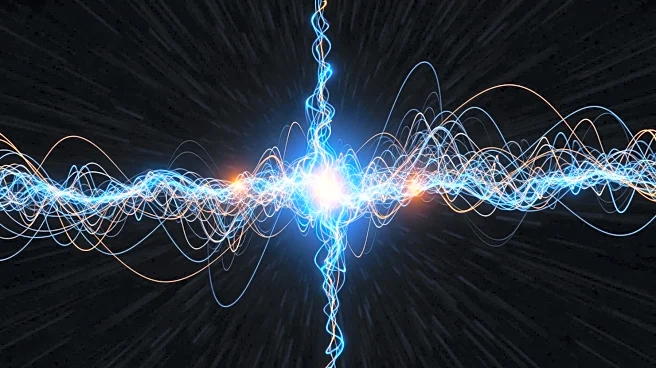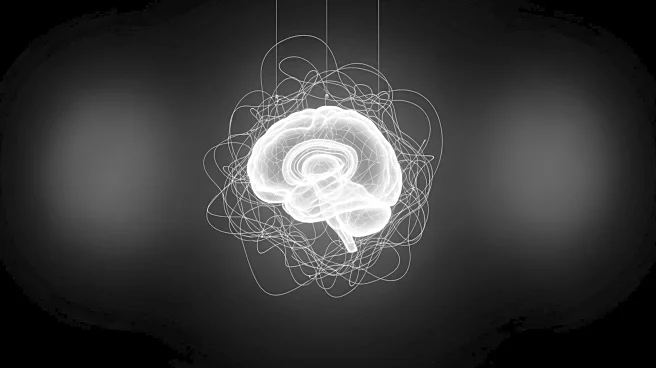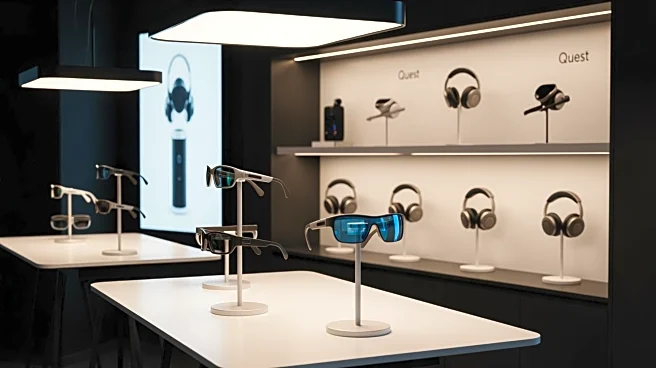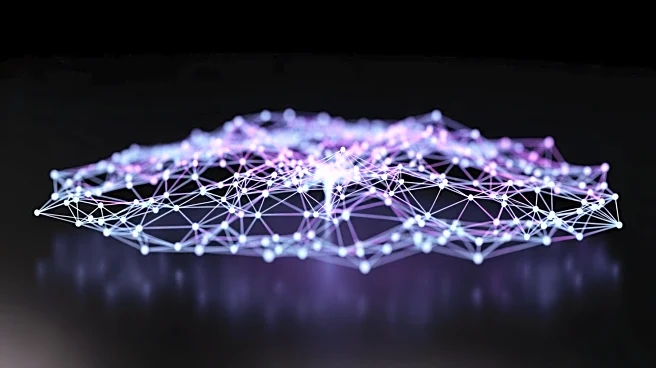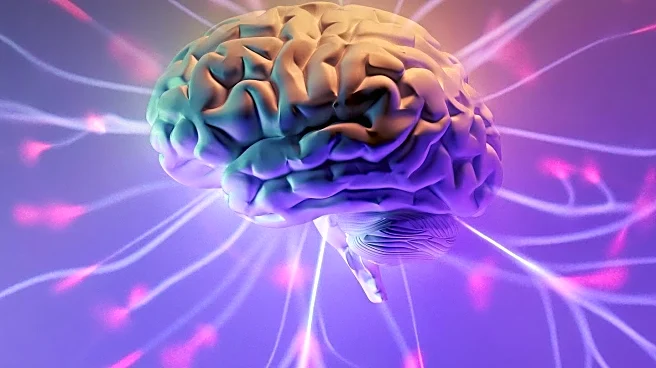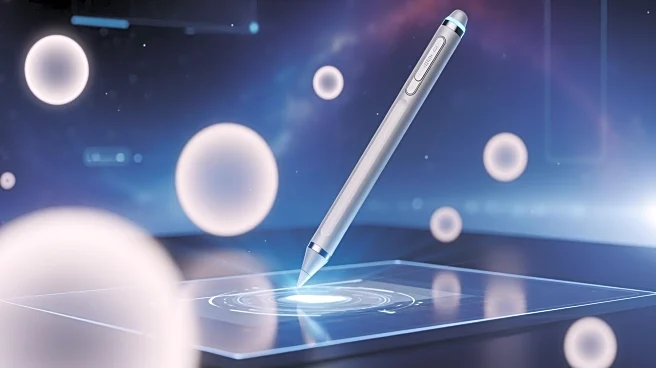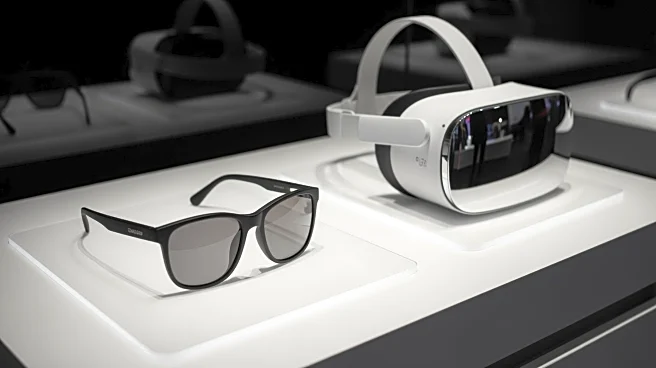What's Happening?
A study utilizing EEG data has uncovered dynamic changes in brain network connectivity during audiovisual interactions. Conducted by researchers using data from 18 healthy volunteers, the study explored
how auditory and visual stimuli interact to influence brain activity. Participants were exposed to visual motion and auditory clicks, with varying time intervals between stimuli to assess the impact on perceived motion speed. The research employed directed transfer function (DTF) and adaptive DTF to analyze connectivity patterns, revealing significant changes in brain network dynamics. The study highlights the complex interplay between sensory modalities and the brain's ability to integrate information across different channels.
Why It's Important?
Understanding how the brain reorganizes its networks during sensory interactions is vital for advancing neuroscience research. The findings could have implications for developing therapies for sensory processing disorders and enhancing technologies that rely on multisensory integration, such as virtual reality and augmented reality systems. By elucidating the mechanisms of audiovisual interactions, the study contributes to a deeper understanding of cognitive processes and how the brain adapts to complex stimuli. This knowledge may also inform educational strategies that leverage multisensory learning to improve cognitive outcomes.
